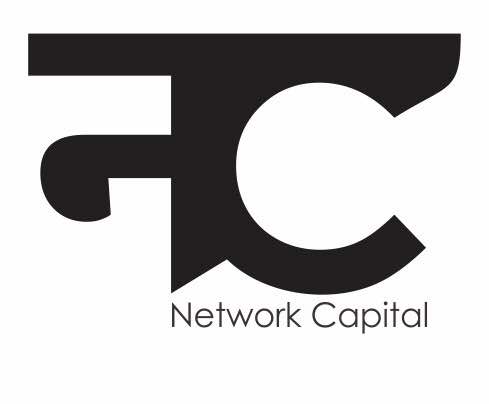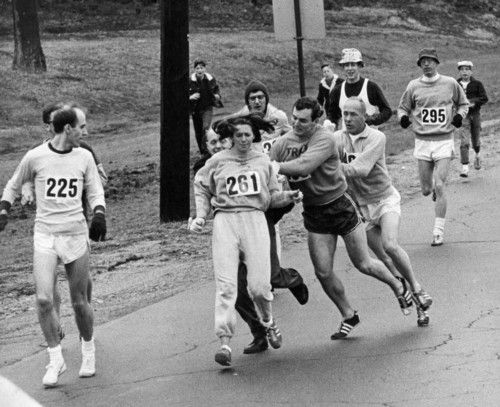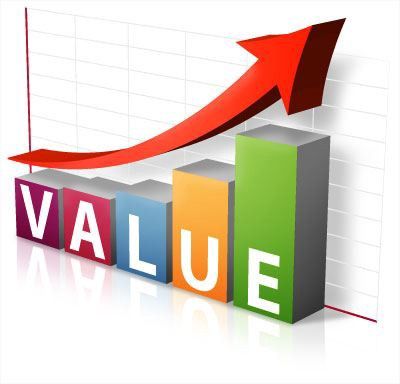Extract from “The Global Handbook of Impact Investing: Solving Global Problems Via Smarter Capital Markets Towards A More Sustainable Society”, John Wiley & Sons, December 2020, from the 48 page chapter, “Leadership By Results for Impact Investors and Investees”, written by the author of this blog, Rajen Makhijani A study from Harvard Business School estimates that as much as
14% of the performance of a company is attributable to the CEO. In a study of nonprofits in India,
97% of the 203 nonprofit respondents said that leadership development is vital to their organizations’ success.
Clearly, leadership matters. But check the budget allocations to leadership development, and you’ll see — faith in leadership development is low. This is perhaps because much of leadership development is crafted in a way where the focus is on skills, knowledge and competency and networks, not on the underlying mindset. The accountability for results and return on investment is negligible to low. Learning and the world of results, operate in separate worlds. Let’s illustrate with a couple of real life examples, duly masked to protect confidentiality.
A rags-to-riches successful Entrepreneur-CEO, Ms. X, went onto build a business that touched 4.4 million lives, creating access to a vital service for the under-served. To fulfil the ambition to double this number, the need for a professional CEO was clear.
However, none of the three such professional hires worked out. The reasons cited were foreign versus local, from within the sector versus outside the sector, too young or too old, and other such factors. The conclusion drawn was that Ms. X needed to get better at judging people. Supportive investors sponsored her for courses on talent assessment and provided consultancy assistance for the recruitment process. Despite an engaging program with great feedback scores and networking opportunities, the result did not change.
EduCo was focused on providing access to Higher Education to under-served youth. The top team was brought together to further accelerate growth, leading to a 50% increase in valuation in 18 months, and an IPO. In terms of impact, it sought to be a single dominant figure in increasing the country’s Gross Enrollment Ratio from 18% to 30%.
The ‘alpha’ sales professional, Mr. Y, headed student enrollments. He clearly had an important role to play. However, apart from lack of collaboration, he occasionally demonstrated streaks of “impact-washing” (particularly prominent during month and quarter endings, when chasing aggressive targets). On-ground reports from operations teams about students having been sold courses without due counseling were over-looked. Thus, enrollment numbers looked better, but were not necessarily in line with the mission.
The CEO insisted on both mission and profit to sustain the pursuit of the mission, whereas the sales director saw some trade-offs being inevitable.Trainings laden with concepts, tools and real life case studies on “Shared Value” had not yielded desired results, even though feedback and net promoter scores were high.
Unless Mr. Y collaborates more, synergies with other business units won’t be realized and the valuation won’t accelerate. Unless he shifts attitude towards impact, the mission itself is at risk. The CEO and Chair looked at the HR head, who could only offer a shrug — what more can one do?
What if we were to fundamentally re-imagine leadership development? What if it’s trigger, conception, design, execution, measurement and accountability is geared to enable the delivery of a Top 3 Big Hairy Audacious business and impact goal of the organization?
What if the initiative was to shift mindsets, not just skills, knowledge and competencies?
What if it brings the entire top team, and key actors from other layers of the organization together — to align and energize them towards the Top 3 goal, and put them on an unstoppable journey with the right people on the bus, in the right seats, creating an atmosphere in the bus that fosters collaboration towards the BHAG, and each vested in each other’s success?
Finally, what if we apply the rigors of investment process — an upfront hurdle rate of return that demands a return of six to eight times the EBITDA to be retuned, for every dollar invested in the leadership development initiative; apart from accelerating impact metrics? I call this the “Leadership By Results” approach. (Summary of book chapter “Leadership By Results”
here)




